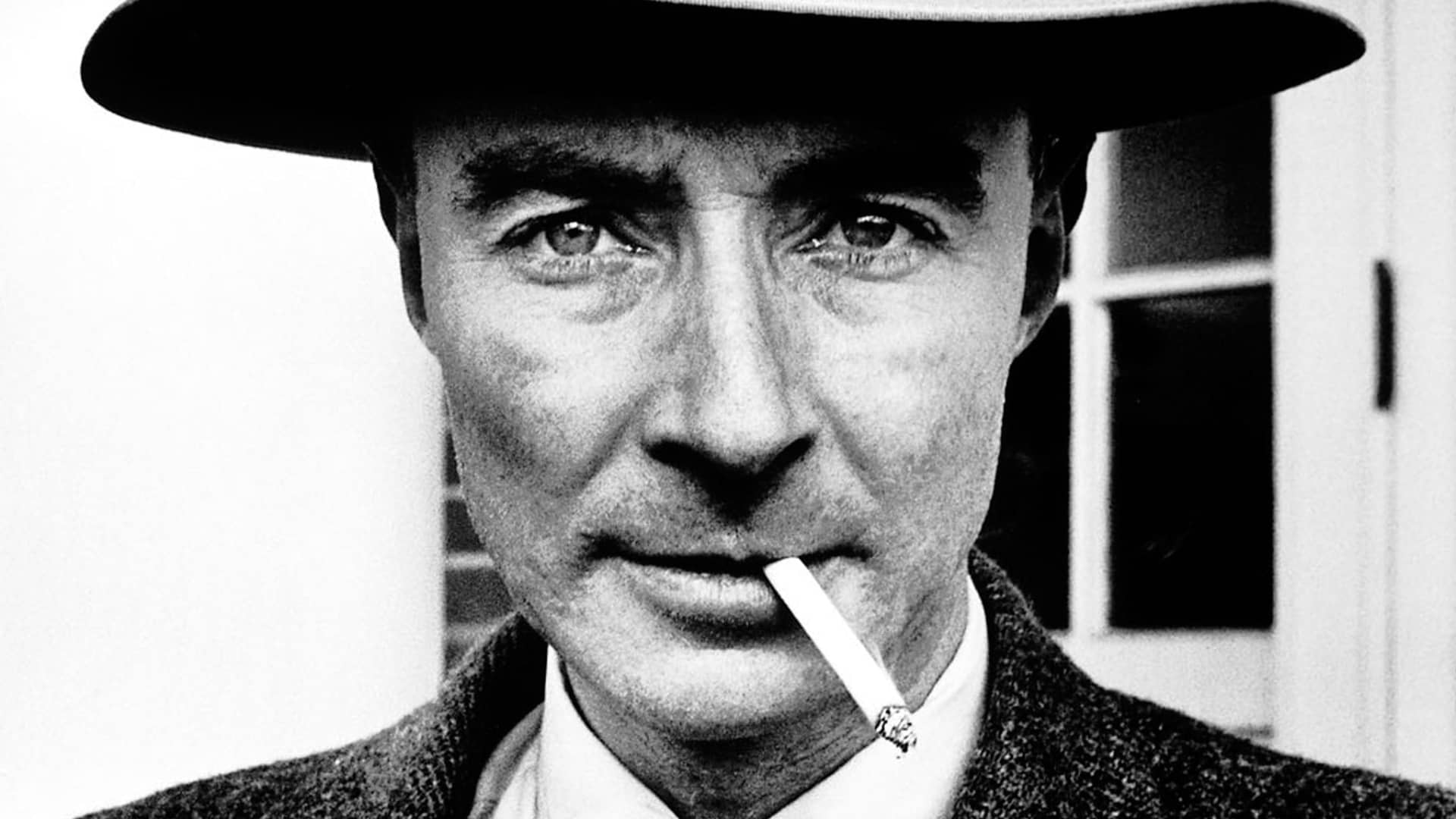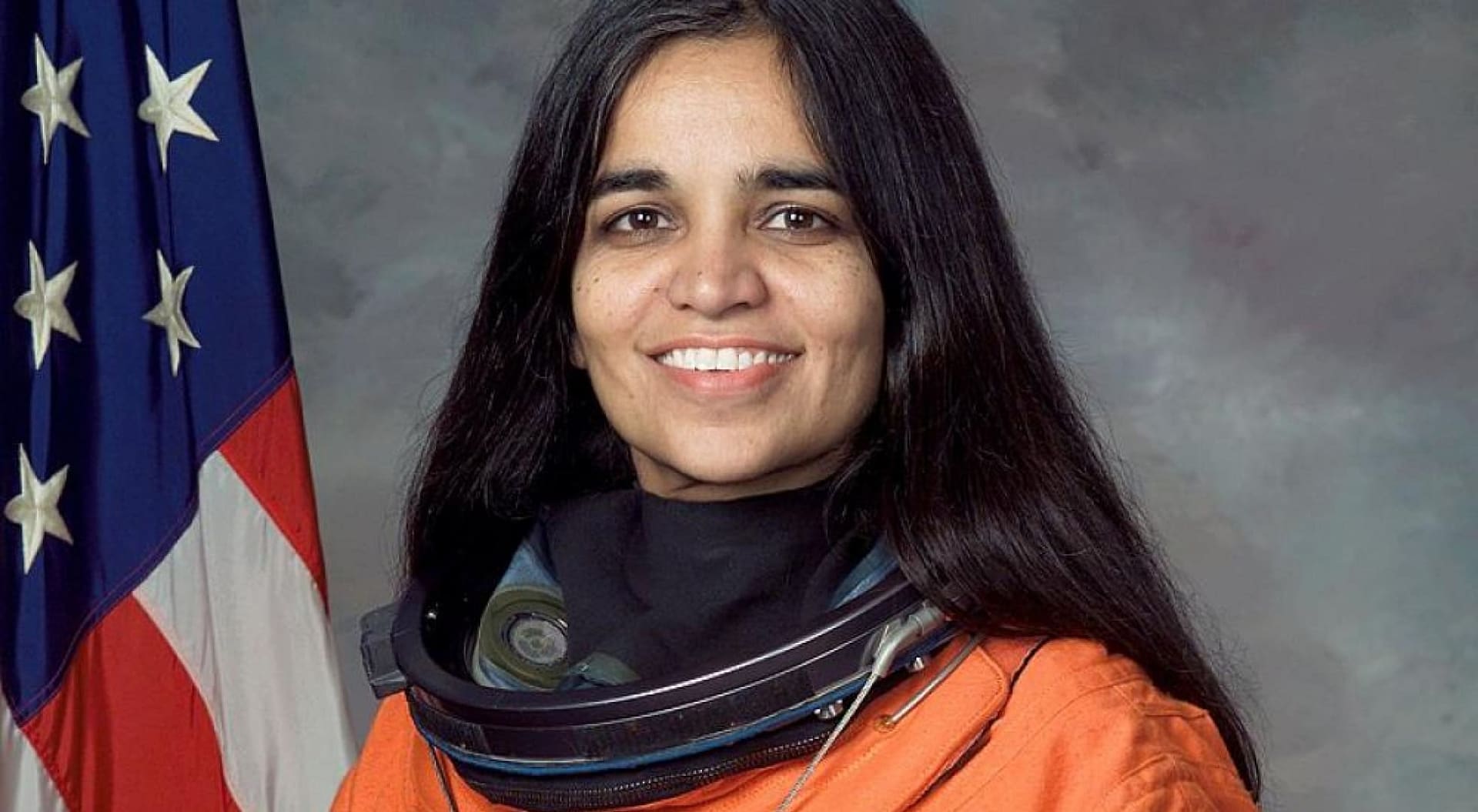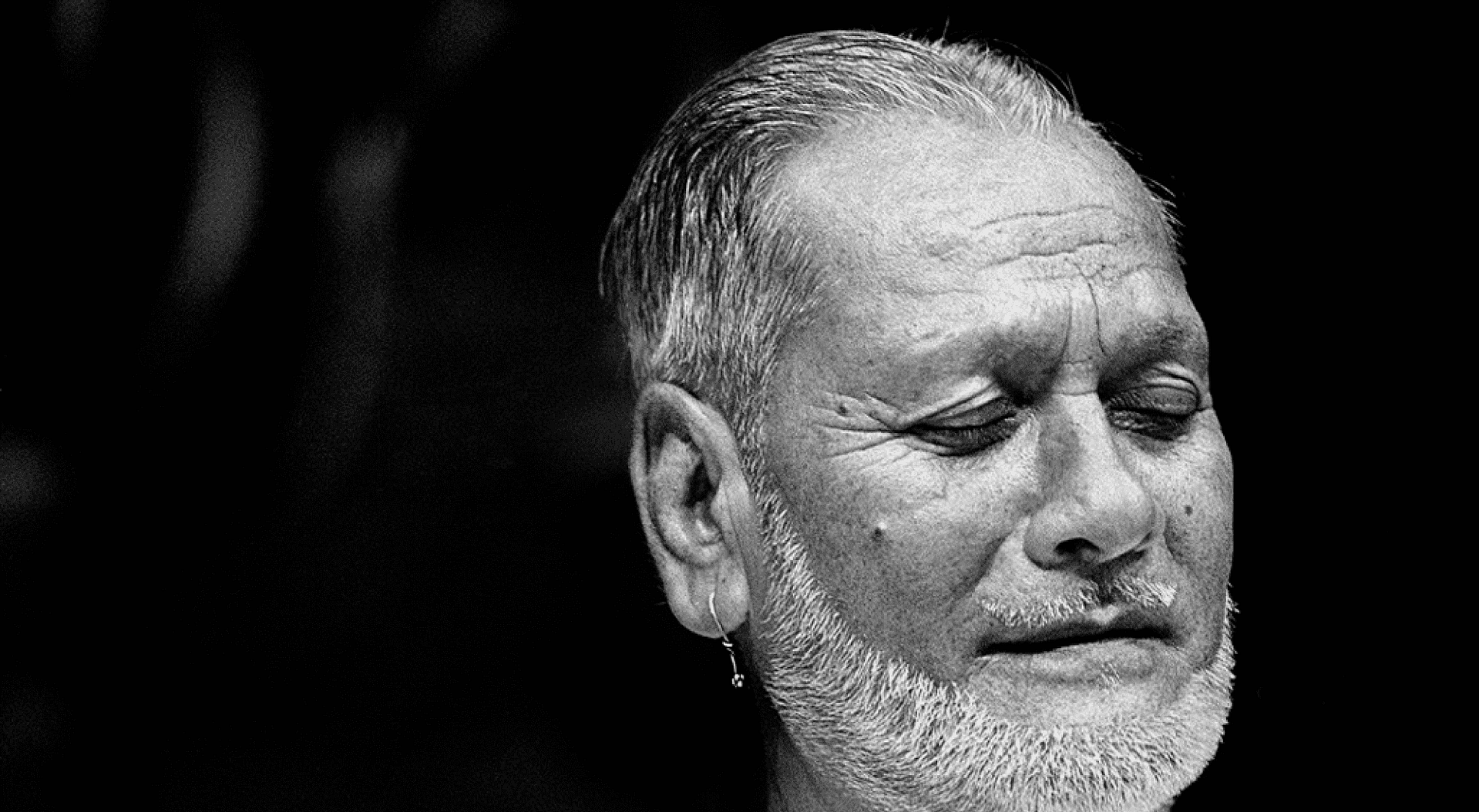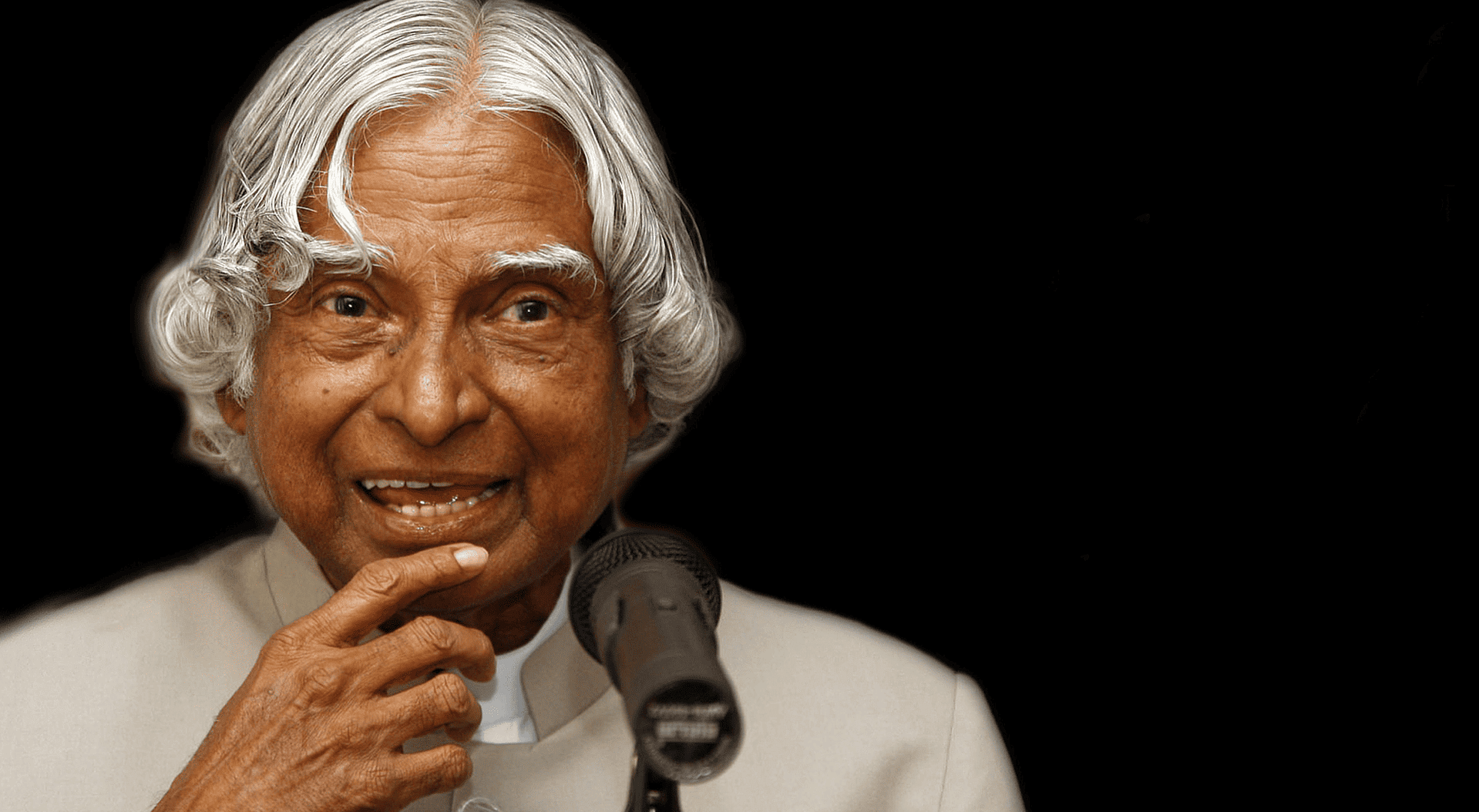J. Robert Oppenheimer was born on April 22, 1904, in New York City. His parents were Julius S. Oppenheimer, a wealthy German textile merchant, and Ella Friedman, an artist, of Jewish descent but not religious. tradition. He then studied at the Ethical Culture Association School, where the physics laboratory was named after him, and entered Harvard University in 1922 with the intention of becoming a pharmacist, but soon turned now to physics.
He graduated in 1925 and went to the Cavendish Laboratory at Cambridge University to do research.
At the age of 22, he published several important contributions to the new quantum theory, notably the famous paper on the so-called Born-Oppenheimer approximation, which involved the separation of nuclear motion from electron motion. He returned to Harvard in 1927 to study mathematical physics and work as a Fellow of the National Research Council, and in early 1928 he studied at Caltech. He accepted the position of Assistant Professor of Physics at UC Berkeley by making an appointment with Caltech. For the next 13 years he “crossed” between the two universities, and many staff and students went with him.
Oppenheimer is known as the founder of the American School of Theoretical Physics. He has done important research in the fields of astrophysics, nuclear physics, spectroscopy and quantum field theory. He made important contributions to the theory of cosmic rays and eventually to the work explaining quantum tunneling. In 1930, he was the first to publish an article describing what we know today as a black hole.
In November 1940, Oppenheimer married Berkeley student Katherine Peuning Harrison, and they had their first child, Peter, in May 1941.
At the beginning of World War II, Oppenheimer devoted himself to the creation of the atomic bomb at the Lawrence Radiation Laboratory in Berkeley, which took up a lot of time and space. He was invited to oversee the neutron calculations, and in June 1942, General Leslie Groves appointed Oppenheimer as research director of the Manhattan Project.
Under Oppenheimer’s direction, the Los Alamos Laboratory was established. There, he recruited the best minds in physics to work on the problem of creating the atomic bomb. He eventually managed over 3,000 people and solved theoretical problems and everything that happened.
He is often referred to as the “father” of the atomic bomb. (In 1944, the Oppenheimers’ second child, Katherine, also known as Tony, was born in Los Alamos.) Collaboration of Los Alamos scientists led to the first massacre in Alamagodo on July 16, 1945.
After the war, Oppenheimer was appointed General Counsel of the Atomic Energy Commission (AEC), where he served from 1947 to 1952. In this business, he fought for the development of the hydrogen bomb.
In 1953, at the height of anti-Semitism in the United States, Oppenheimer was accused of endangering religion and his security was removed. Without exception, the scientific community was surprised by the AEC’s decision. In 1963, Lyndon B.
Johnson sought to right this injustice by awarding Oppenheimer the Atomic Energy Commission’s prestigious Enrico Fermi Award.
Oppenheimer also served as president of the Institute of Higher Education at Princeton from 1947 to 1966. There, he encouraged discussion and research on quantum and relativistic physics at the Faculty of Natural Sciences. Oppenheimer retired from the Institute in 1966 and died of throat cancer on February 18, 1967.




